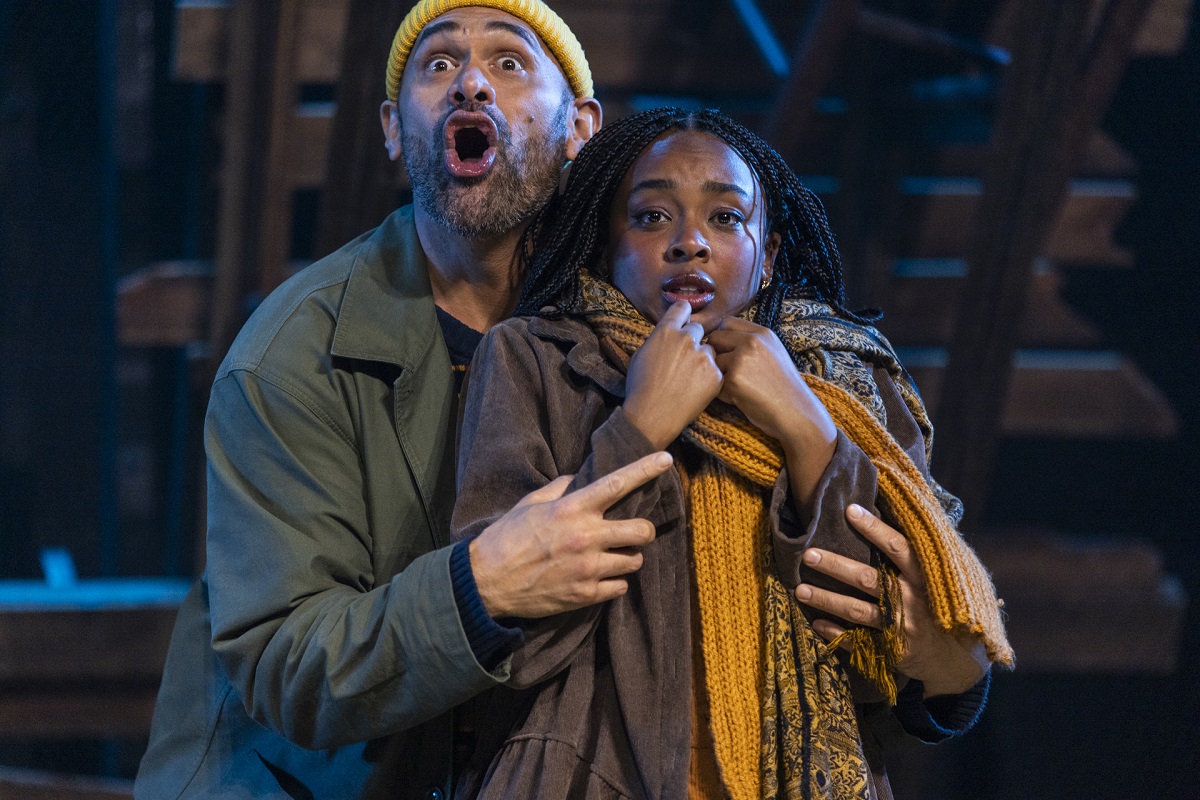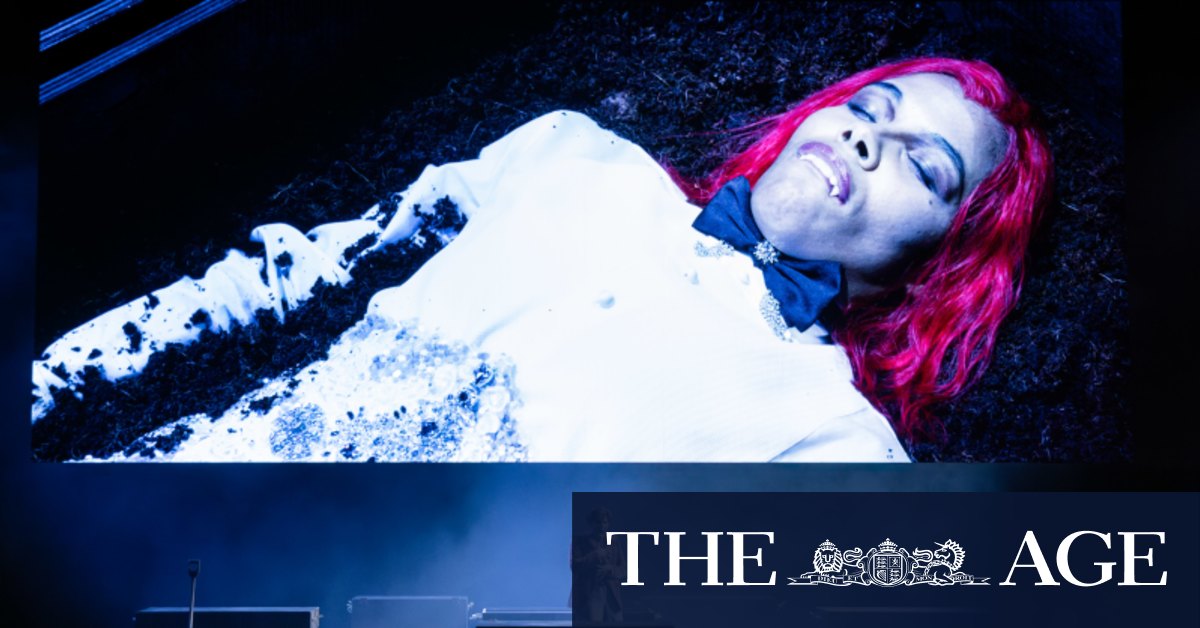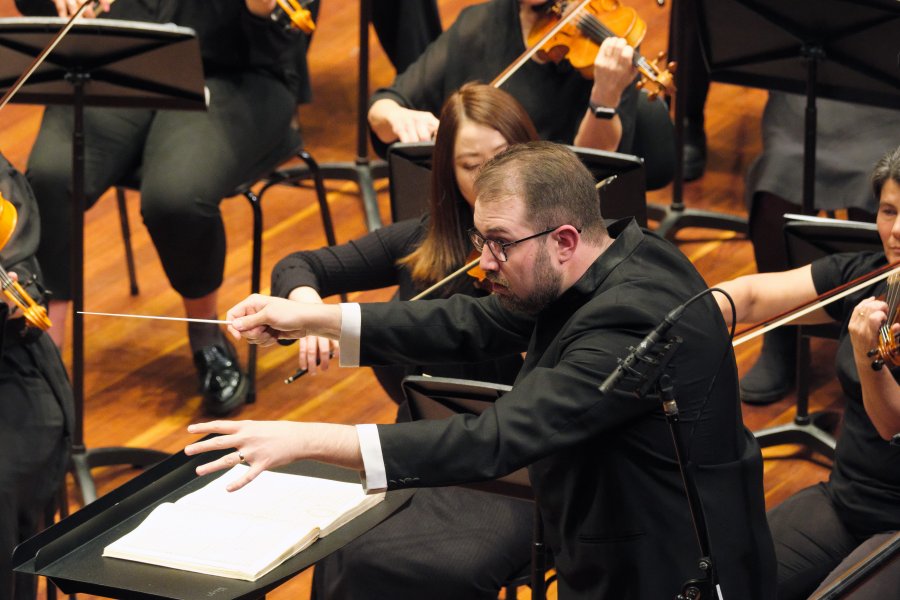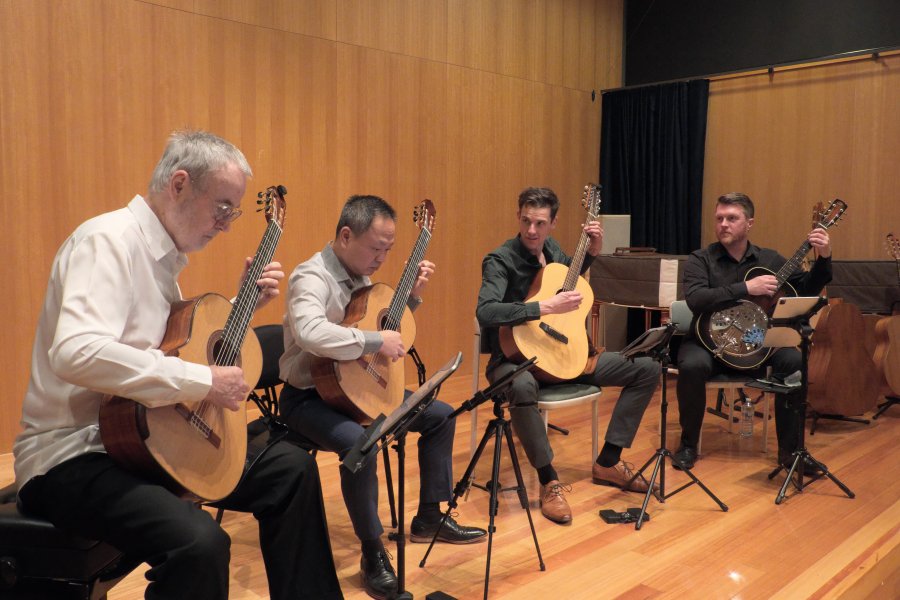Theatre / A Midsummer Night’s Dream, directed by Peter Evans. Bell Shakespeare. At The Playhouse until June 15. Reviewed by JOE WOODWARD
Many children and teenagers have studied, performed and seen Shakespeare’s A Midsummer Night’s Dream over the years.
The play is a favourite Shakespeare for sure! Children have performed as fairies running around and dancing with wings on their backs and fancy dance-style costumes in school halls and even in parks and exotic locations.
However, over the past half century or so, productions of the Dream have taken on very different qualities; often seeking different functions and interpretations of fairies and mythic characters. Bell Shakespeare’s latest incarnation of the Dream certainly exemplifies the virtues of such reinterpreting and reimaging.
Shakespeare’s original work may well have been sparked by Queen Elizabeth’s circumstances and the state of England at the time of writing. Just how much the relationship between Titania and Elizabeth is fabricated within the play is a cause for academic debate.
But one thing certain is that A Midsummer Night’s Dream has darker influences than might not be apparent in the surface plot; making it a serious work within its fantasy and farcical situations.
Bell Shakespeare’s production clearly underscores the comedy with a sheer sense of foreboding as emphasised in the soundtrack by Max Lyandvert.
The morose and mostly humourless Puck, played by Ella Prince, underscored the servile nature of this mercurial fairy mercilessly used by Richard Pyros’ Oberon.
This relationship was significantly different from that seen in most productions of the play. It highlighted the power of the Fairy King and gave more menace to his treatment of Titania played by Imogen Sage. The angular physicality of these creatures was made more obvious by the broken wooded set that dominated the space.
The world of savage relationships and manipulation by its players overcame the world of love and desire leaving each of the characters to some extent stranded and doubting their own reality.
This was commented on by the play-within-a-play that both began the night and ended it. The rough Mechanicals were, in many respects, shadows of relationships experienced by the young aristocratic lovers and the fairies.
After setting up the play at the beginning of the night, they literally emerged from the shadows for the final scenes of outrageous laughter and comic send-up!
The death scene of Bottom, played by Matu Ngaropo alongside Richard Pyros’ Flute, was innovative, genuinely funny and provided the final balancing act.
Treading between the dark and the light, Peter Evans’ direction was not without its high risks.
It was hard to believe there was any real romantic spark between the lovers as the conflict and illusory rages tended to dominate. Titania’s suspicions about Oberon’s actions and his smirking suggested more of the scepticism of a tired love. Bottom’s beautifully constructed monologue about his dream of something so wondrous echoed the sense of loss of connection that most characters seemed to feel.
So, yes, Evans’ work was certainly shaped by risky choices. However, with the opening night audience in raptures and many giving a standing ovation, the balance of darkness and light in this re-imaging would seem to have paid off.
Who can be trusted?
In a world of spin and confusion, there’s never been a more important time to support independent journalism in Canberra.
If you trust our work online and want to enforce the power of independent voices, I invite you to make a small contribution.
Every dollar of support is invested back into our journalism to help keep citynews.com.au strong and free.
Thank you,
Ian Meikle, editor





